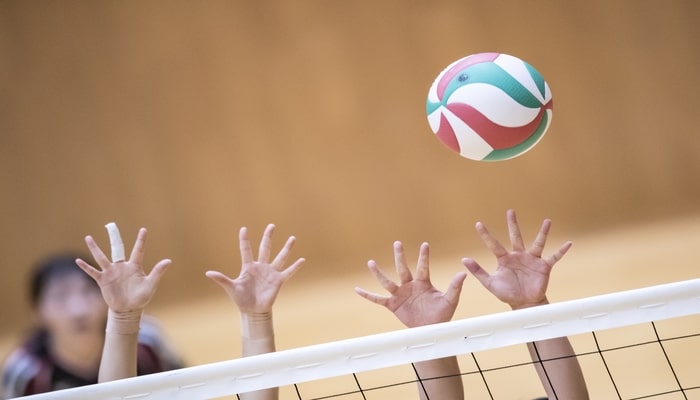
Volleyball is a dynamic sport that combines teamwork, strategy, and skill.
At its heart is a volleyball court, designed according to specific dimensions and rules.
When building a gymnasium or sports venue, you must design courts large enough to accommodate indoor sports such as volleyball and basketball.
There are some tools that you will need to play volleyball.
In this article we will discuss the characteristics of volleyball courts, their dimensions and their importance and
We will explain in detail the tools (equipment) needed to play volleyball.
How big is it? volleyball court size
Volleyball court basics
A volleyball court is rectangular and according to the official rules of the International Volleyball Federation (FIVB), the dimensions of the court are 18 meters long and 9 meters wide, with the court having a height of 2.43 meters (for men) or 2.24 meters (for women) in the center. ) will be divided equally by the net.
This will make the playing area for each team 9m x 9m.
coat markings
The coat is marked with clear lines, which include:
- Sidelines and endlines : form the perimeter of the court and mark the boundaries of the playing area.
- Attack line : drawn 3 meters from the net to limit the forward movement of back-row players.
- Center Line : The line that runs under the net and bisects the court, separating the areas for both teams.
coat surface
Volleyball court surfaces are primarily made of wood, synthetic materials, or concrete.
Depending on the level of competition and location of play, materials are chosen to provide the right grip and cushioning to maximize player safety and performance.
importance of coat
The design of the volleyball court ensures the fairness and competitiveness of the game.
Clear dimensions and markings allow players to strategize and use their skills to compete against opposing teams.
The court also provides a stage for players to demonstrate their skills and for teams to work together to achieve goals.
summary
The volleyball court is a fundamental building block of the sport, the foundation upon which the rules, tactics, and fun of the game are shaped.
By playing on the right court, athletes can enjoy the game safely and reach their full potential.
The essence of a sport is defined by its rules and field, and a volleyball court embodies that very essence.
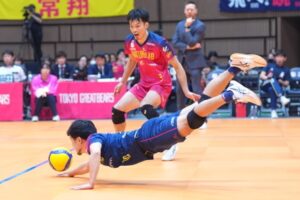
Equipment needed to play volleyball
After preparing the coat and drawing the lines, it’s time to prepare the tools.
To start playing volleyball, you will need basic tools and equipment.
Here, we will introduce the main equipment needed to play volleyball and how to set it up (net height, etc.).
volleyball
The volleyball itself is the most important tool.
Competitive volleyballs have size, weight, and air pressure specified by the International Volleyball Federation (FIVB), and are generally made of synthetic or genuine leather.
There are practice balls and match balls, and you can choose according to your needs.
volleyball net
A net to divide the volleyball court into two is also an essential tool.
The height of the net is 2.43 meters for men and 2.24 meters for women, and is supported by poles on both sides.
The top edge of the net has white tape to help you determine if the ball has gone over the net.
Pole
Poles have the role of holding the net at the appropriate height and tension, and are essential for the correct performance of games and practices.
Poles are commonly made of metal such as steel or aluminum to ensure durability and stability.
There are also some that are lightweight and easy to handle, and some that are made of weather-resistant materials for outdoor use.
Many poles are height adjustable, as the net height varies depending on the level of competition (2.43 meters for men and 2.24 meters for women).
This allows you to accommodate players of different ages and levels.
antenna
Volleyball antennas are flexible rods that are attached to each end of the volleyball net and play an important role in marking the boundaries of the playing area.
These antennas are usually red and white striped and are made in bright colors for increased visibility.
According to official volleyball rules, the antennas are placed on each side of the net and extend outward at a height of 80 centimeters (approximately 31.5 inches) from the top of the net.
score board
A volleyball scoreboard is a device used to display important information during a match, such as the score, number of sets, service rights, and number of timeouts.
It is designed to help players, coaches, and spectators understand the current match situation at a glance, providing smooth game progression and a level playing field.
referee table
The volleyball referee’s table is used by the referee who supervises the match, and is located near the sideline of the court, right next to the net.
This table allows the referee to observe the match better and make accurate decisions, and has the role of enhancing the referee’s perspective.
The position and height of the referee’s table is designed to allow the referee to clearly see plays beyond the net, especially net contact violations and ball in/out decisions.
flag held by linesman
The flag held by a volleyball linesman is an important tool used during a match to indicate whether the ball is in the court (inside the active area) or out (outside the active area).
The linesman is located at the corner of the court and monitors whether the ball crosses the line during a serve or play, and indicates this decision by a flag signal.
Flags are sized to be easy to carry and to clearly signal a signal.
Generally, the flag part is a square of about 40cm x 40cm, and the total length including the handle is often about 1m.
Wear
Volleyball requires comfortable sportswear. Generally, the clothing chosen is a T-shirt or tank top with shorts.
. For your feet, wear volleyball shoes that have both cushioning and stability.
These are specifically designed to prevent injury and improve performance.
knee pad
Volleyball involves frequently touching the knees to the ground, so it is recommended to wear knee pads to protect the knees.
Knee pads absorb shock and prevent knee injuries.
ankle support
Ankle sprains are a common injury in volleyball. For this reason, many athletes use ankle supports or tape to protect their ankles.
This increases stability and reduces the risk of injury.
Ball pump (air pump)
Volleyball requires accurate air pressure. Therefore, if you have a ball pump (air pump) available, you can always adjust the air pressure to the appropriate level.
By preparing these basic tools, you can enjoy playing volleyball more safely and comfortably. From beginner to professional, the right equipment can improve performance and prevent injury.
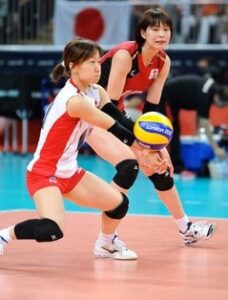
The size of the volleyball ball is different for elementary school students and junior high school students and above.
For more information, the sizes of volleyballs are different for elementary school students, junior high school students, and professionals! Please refer to the
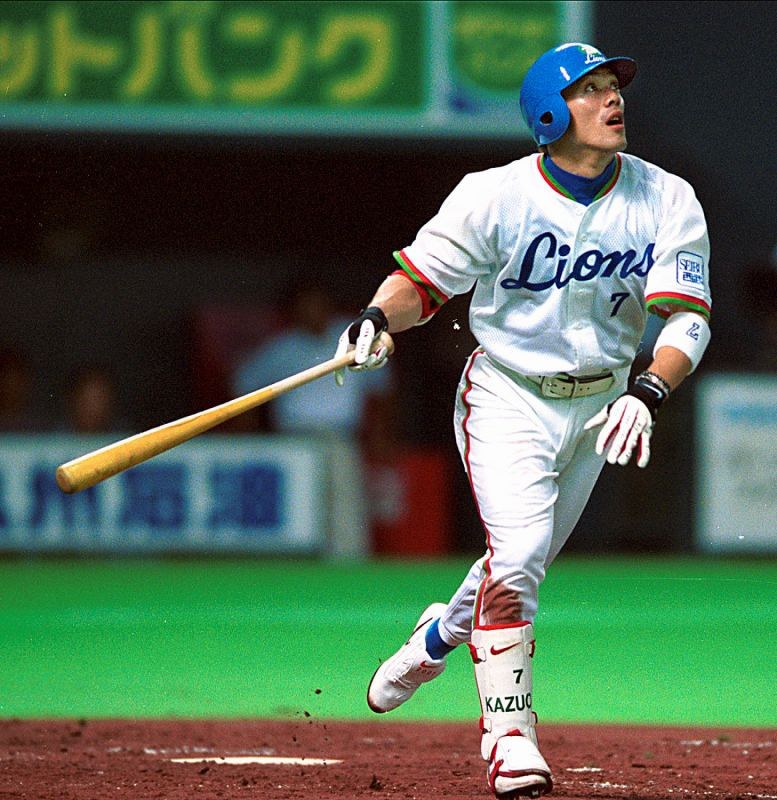
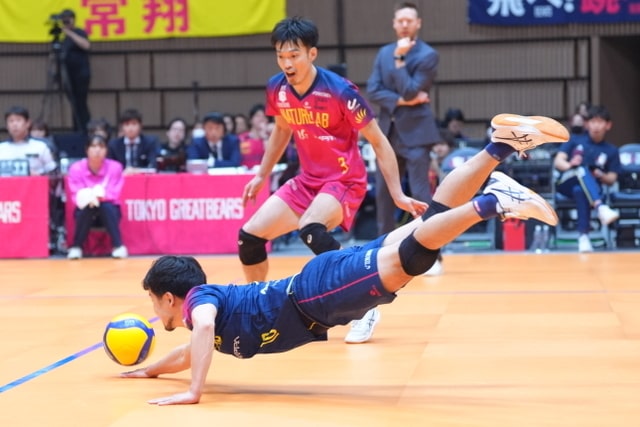
![A thorough explanation of the rules of beach volleyball! How is it different from indoor volleyball? [From beginner to advanced]](https://planotatico.com/wp-content/uploads/2024/03/img_f30fa028b697a80811bb685537898f2998980-min.jpg)


